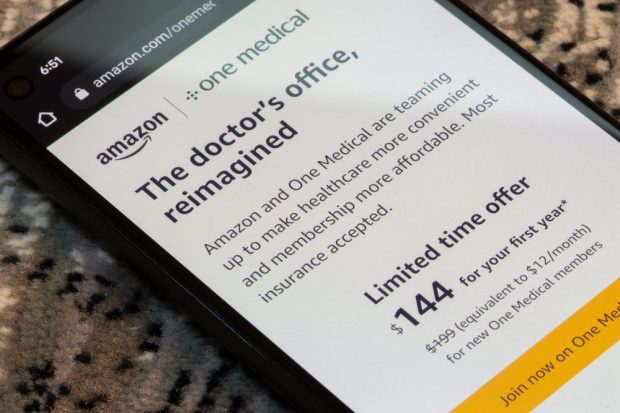How Amazon and Walmart Want to Shape the Future of Health and Wellness

Long gone are the days when Walmart and Amazon just sold 5-cent items and books. Each brand has branched into numerous categories, each serving as a type of battleground.
For example, healthcare and wellness have been a recent area of interest for both retailers. The recent release of Walmart’s 2023 annual report — which finds that revenue in that sector increased 8% year over year — suggests that competition between the two giants will likely intensify.
In many ways, however, the competition between the two is not precisely direct or indirect. A close look reveals each offers vastly different value propositions targeting consumers at large, but tends to target different shoppers.
Consider the company’s latest moves in the market. Walmart’s healthcare reach has expanded through its physical Walmart Health centers, with plans to double its network size by the end of 2024.
The retail giant is likely seeking to leverage its physical presence across the country for several reasons: to provide healthcare services and to expand its presence as a one-stop, brick-and-mortar destination that can meet all consumer needs, whether those needs encompass groceries, fuel, money transfers, healthcare or all of the above.
“With 90% of the U.S. population located within 10 miles of a Walmart, Walmart Health is in a unique position to provide quality, affordable health and wellness services where our neighbors already live and shop,” Dr. David Carmouche, Walmart’s senior vice president for omnichannel care, said in a news release.
Free? Of course.
You've uncovered one of our premium articles. Register to keep reading and receive free unlimited access to all our premium content.
Amazon, too, has laid the groundwork to extend its presence in healthcare. In 2022, Amazon made a $3.9 billion acquisition of One Medical, a membership-based primary healthcare provider operating 88 locations in 29 cities. Later in the year, it looked to acquire home health company Signify Health but ultimately lost its bid to CVS Health.
Walmart’s move to boost healthcare and wellness may be motivated by the fierce competition from Amazon and others. According to PYMNTS data, Amazon exceeded $14 billion in gross sales in the fourth quarter of 2022, placing it on a par with Walmart in this category for the first time in recent years. Both companies grabbed a 6.1% share of the total health and wellness category in Q4, with sales figures separated by just a couple hundred million.
For Walmart, leveraging its physical presence to promote its healthcare unit is a straightforward, if not easy, task. For Amazon, which accounts for 53% of U.S. retail eCommerce, its plans for One Medical’s physical presence are unknown.
Different Healthcare Customers
While the companies compete in the same category, close analysis reveals they may not be competing for the same consumers. If we look at how the companies describe their services, we can find small yet noticeable differences.
Walmart’s healthcare is described as “accessible, convenient and affordable,” while Amazon boasts “better health outcomes, better care experiences, and more value.” Both descriptions speak to getting a good deal, but consumers who want “value” have options. Those who want “affordable” do not. This alludes to a key difference between the two customer bases.
Amazon’s most frequent shoppers have more income similarities to Target’s shoppers than Walmart’s. Sixty-one percent of those who say they shop at Amazon at least once a week annually earn $100,000 or more, compared to 34% for Walmart. Although Amazon has particular sway with these high-income shoppers, Walmart more successfully pulls from low-income consumers. Thirty-three percent of Walmart’s frequent shoppers have incomes less than $50,000, more than double Amazon’s 15%.
Undoubtedly, Amazon and Walmart want to attract as many consumers as possible. However, as “value” and “affordability” are not the same, they may not be competing as directly as many would expect. As both seek bigger bites of the consumer spending pie, those bites won’t necessarily always come from the same sides.
For all PYMNTS retail coverage, subscribe to the daily Retail Newsletter.
